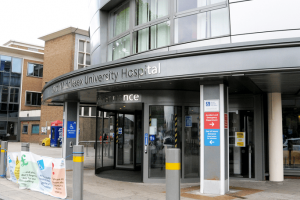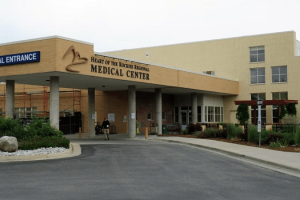Cleveland Clinic and SAS have co-created a series of models to help hospitals anticipate enterprise resource planning needs during the COVID-19 pandemic and made them available via GitHub.
WHY IT MATTERS
The predictive models can help health systems forecast patient volume, bed capacity, ventilator availability and more – helping them plan for more efficient and high-quality care delivery, while optimizing supply chain, staffing, operations and more.
Cleveland Clinic and SAS say the models were designed to show “worst-case, best-case and most-likely scenarios,” and can be tweaked in real time to factor in variables such as social distancing’s dampening effect.
Cleveland Clinic is using the models itself to track needs for beds, personal protective equipment and ventilators. Those insights helped inform the decision to build a 1,000-bed surge hospital for COVID-19 patients who don’t need ICU care and is leading to more efficient new staffing practices.
THE LARGER TREND
The models are powered by an epidemiological SEIR model, which tracks the stages of Susceptible, Exposed, Infected and Recovered over time. The model, developed by SAS and Cleveland Clinic, is based on open source algorithms from U Penn that are updated with real-time feedback from Cleveland Clinic epidemiologists and data scientists.
That enables flexible control of model parameters and different approaches that consider regional health and demographic variations and state-level assumptions, officials said.
ON THE RECORD
“These predictive models were developed jointly by two organizations that understand patient populations, data and modeling,” explained Chris Donovan, executive director of enterprise information management & analytics at Cleveland Clinic. “We are sharing the models publicly so health systems and government agencies globally can use them in their own communities. Our hope is that others contribute their ideas and improvements to the models as well.”
Steve Bennett, director of SAS global government practice and a former biosurveillance leader at the U.S. Department of Homeland Security, added that the models can “assist more vulnerable, less developed health systems in the fight against COVID-19.”
































